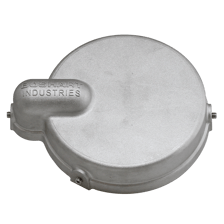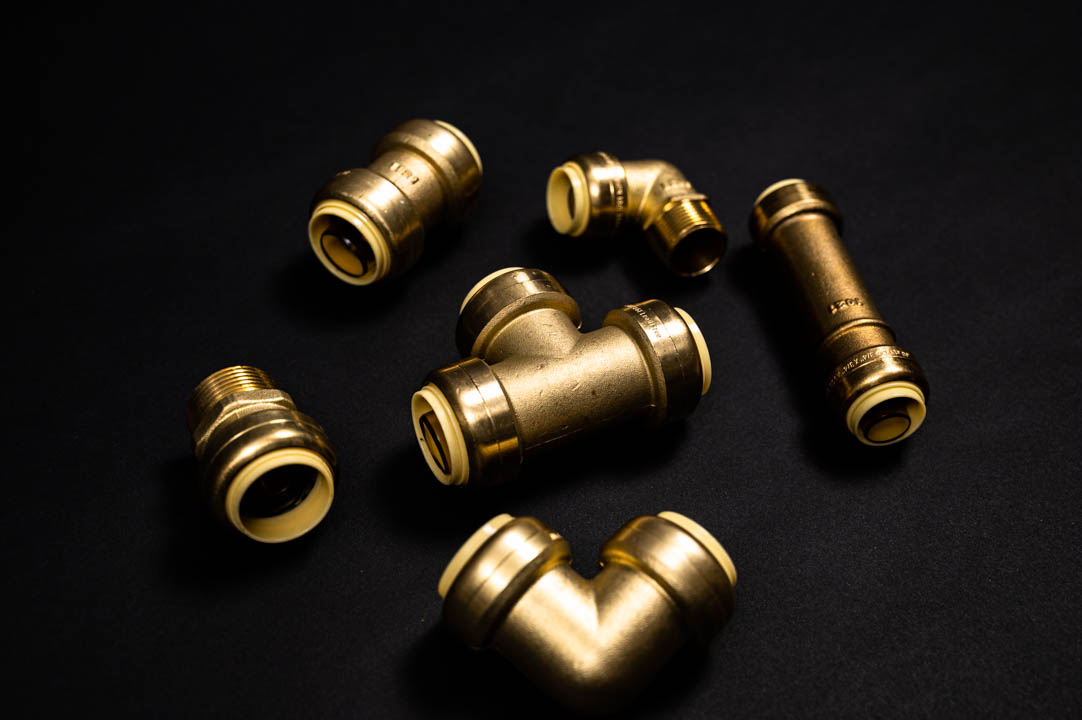Are you looking for a well cap but are unsure which one is the best for your application? In this blog, we'll go over each type of well cap and the pros and cons of each style, so that you’ll have all the information required to choose the right well cap for your application.
Want to learn more about the changes we've made to the Boshart Well Caps? Explore our blog 8 Changes Made to Our Well Caps.
Types of Well Caps
Plain
 Plain well caps are a no-frills solution for your well needs. They are the simplest type of well cap available because they don’t have any electrical cables that exit the well through the well cap. The use of this style of well cap is currently on a steady decline, due to their lack of protection for your well system.
Plain well caps are a no-frills solution for your well needs. They are the simplest type of well cap available because they don’t have any electrical cables that exit the well through the well cap. The use of this style of well cap is currently on a steady decline, due to their lack of protection for your well system.
Conduit
Conduit well caps are designed to allow for an electrical conduit. These well caps have a conduit area for the cables to enter on the outside of the well casing. They are typically used for submersible pump applications where the pump cables exit through the top of the well casing.
Watertight
 Watertight well caps are also designed to allow for an electrical conduit. These well caps are sealed with a wide gasket that provides a compression seal between the well casing and well cap. These caps allow for installation on uneven well casings and help to keep any vermin or debris out of your well. Watertight well caps are made with vent screens to allow the well to breathe. These screens are located next to the conduit and are built bottom up to make cleaning easier, and to prevent dirt and animal nests from gathering in the vent screen.
Watertight well caps are also designed to allow for an electrical conduit. These well caps are sealed with a wide gasket that provides a compression seal between the well casing and well cap. These caps allow for installation on uneven well casings and help to keep any vermin or debris out of your well. Watertight well caps are made with vent screens to allow the well to breathe. These screens are located next to the conduit and are built bottom up to make cleaning easier, and to prevent dirt and animal nests from gathering in the vent screen.
Now that you understand the differences between the well cap types, let’s look at the pros and cons of each.
Pros and Cons of Plain and Conduit Well Caps
Pros
Plain and conduit well caps are the least expensive options for submersible pump installations or jet pump installations that utilize pitless adapters, where it’s permitted by the applicable well construction codes. Plain well caps also work great as a temporary solution between contractors when the well isn’t actively being used. This is often what we see plain well caps used for.
Cons
Plain and conduit well caps are not vermin proof. All plain and conduit well caps have a small opening between the well cap and well casing. This opening helps the well breathe so that when the pump starts and it draws the water level down air can enter the well, and when the pump stops the air can escape. Unfortunately, this small opening can also let in vermin.
Depending on where you live another con of plain well caps is that they no longer meet the applicable codes and are not allowed for use in the vast majority of the USA and Canada. This is due to updates to the most recent well construction codes.
Pros and Cons of Watertight
Well Caps
Pros
The first pro of Watertight Well Caps is the ability to lock them. Their locking feature provides a secure and tamper proof installation, providing you some extra piece of mind that no one can tamper with your well system. Additionally, Watertight well caps are made with vents, making them vermin proof. The vents allow the well to breathe when turned on and off, without leaving an opening for vermin to get in.
Watertight Well caps are also easier to install, due to their gasket design. The gasket is designed so that you do not need to remove the bolts or cap for installation. Instead, you simply need to loosen the bolts, push the cap onto the well casing, and then tighten the bolts and set screw to install it. This eliminates the risk of losing the hardware during installation.
Finally, the gasket design makes achieving a positive seal to a well casing extremely easy. The gasket allows for installation on an uneven well casing, which is a huge benefit if the well casing is not cut off as straight and perpendicular as desired.
Cons
Compared to plain or conduit well caps, watertight well caps cost more to buy. This additional cost is a result of the many extra features the watertight well caps offer, but depending on your application, the extra cost may not be worth it to you.
In Conclusion
Understanding the differences between plain, conduit, and watertight well caps is important when choosing the best one for your application. While plain and conduit caps may be more cost-effective, they're also more susceptible to things getting into your well system. On the other hand, watertight well caps offer additional features to prevent anything from getting into your well system, although at a higher cost. Ultimately, understanding the pros and cons of each type of well cap can help you decide which well cap is right for your application.
To see our full lineup of Well Caps, head over to https://boshart.com/product-category/master/well_caps/
Have further questions about this subject?

Head over to Boshart's Knowledge Base: technical product information, guidelines, and more.



.png)

SHARE